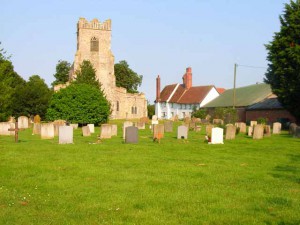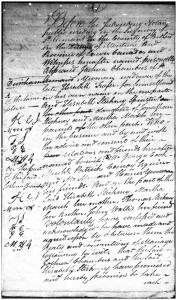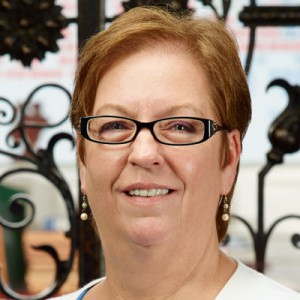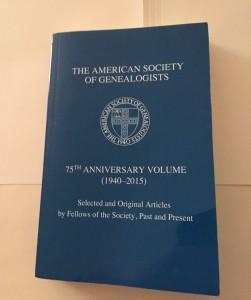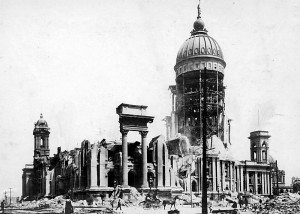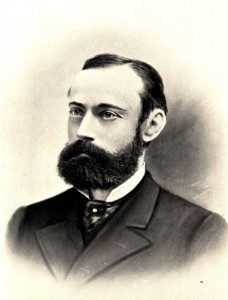Editor’s Note: NEHGS Senior Research Scholar Emeritus Gary Boyd Roberts continues his series of articles updating entries to his Ancestors of American Presidents, 2009 Edition, and its 2012 reprint; the previous entry appears here.
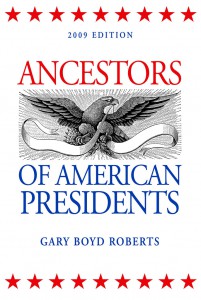 William Howard Taft ancestor William Eure, 1st Baron Eure, p. 429, was a son of Sir Ralph Eure (and Muriel Hastings), son of Sir William Eure (and Margaret Constable), son of Sir Ralph Eure and Elizabeth Greystock, daughter of John Greystock, 4th Baron Greystock, and Elizabeth Ferrers, daughter of Robert Ferrers, 2nd Baron Boteler of Wemme, and Joan Beaufort (pp. 648–49). Thus Taft is a tenth presidential descendant of Joan’s father John of Gaunt, Duke of Lancaster, and a fifteenth presidential kinsman of modern royalty. See Douglas Richardson, Royal Ancestry, 5 vols. (2013), 2: 527–30 (Eure to Mrs. Elizabeth Mansfield Wilson), 3: 138–39 (Greystock/Greystoke), 5: 340–41 (Ferrers). This line was brought to my attention by Martin E. Hollick. As I noted in American Ancestors 14 [2013]: 4: 52–55, Mrs. Elizabeth Mansfield Wilson was also the nearest New England immigrant cousin of H.R.H. The Duchess of Cambridge, the former Catherine Elizabeth Middleton.
William Howard Taft ancestor William Eure, 1st Baron Eure, p. 429, was a son of Sir Ralph Eure (and Muriel Hastings), son of Sir William Eure (and Margaret Constable), son of Sir Ralph Eure and Elizabeth Greystock, daughter of John Greystock, 4th Baron Greystock, and Elizabeth Ferrers, daughter of Robert Ferrers, 2nd Baron Boteler of Wemme, and Joan Beaufort (pp. 648–49). Thus Taft is a tenth presidential descendant of Joan’s father John of Gaunt, Duke of Lancaster, and a fifteenth presidential kinsman of modern royalty. See Douglas Richardson, Royal Ancestry, 5 vols. (2013), 2: 527–30 (Eure to Mrs. Elizabeth Mansfield Wilson), 3: 138–39 (Greystock/Greystoke), 5: 340–41 (Ferrers). This line was brought to my attention by Martin E. Hollick. As I noted in American Ancestors 14 [2013]: 4: 52–55, Mrs. Elizabeth Mansfield Wilson was also the nearest New England immigrant cousin of H.R.H. The Duchess of Cambridge, the former Catherine Elizabeth Middleton.
Continue reading A second update to Ancestors of American Presidents
